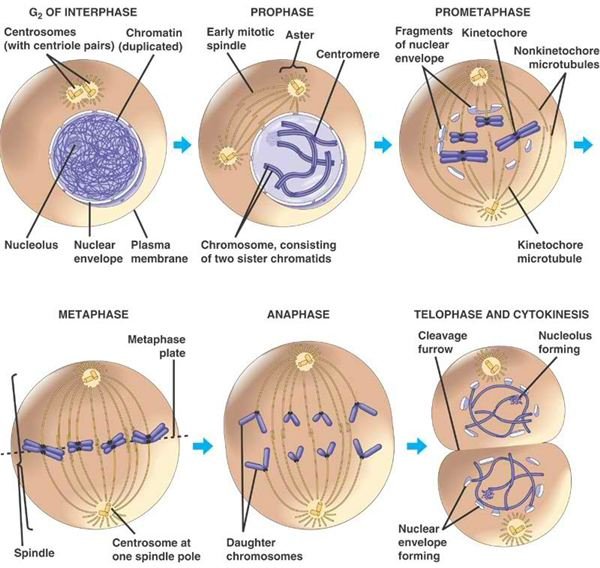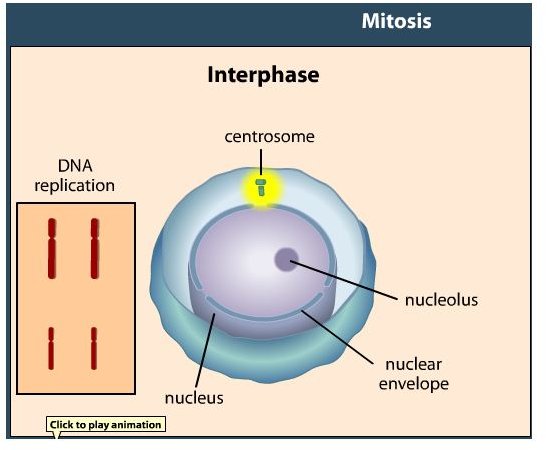Cell Cycles: Three Engaging Activities for the Classroom
Cellular Learning
Do your middle school science students have any idea about why or how cells divide? To teach your students about cycles of cells, you’re going to show them a short video and give them an introduction on the process.
1. Form five groups among your students. In creating the groups, evenly distribute your students according to their specialized intelligences. Each group is to be assigned a mission–to read and understand the cell cycle phase assigned to them. The readings are short and concise, and will be given by you beforehand.
Group 1: Interphase
Group 2: Prophase
Group 3: Metaphase
Group 4: Anaphase
Group 5: Telophase
2. Give each group ten minutes to read about and understand the short phrase description.
3. After ten minutes, tell the groups to select their stars (representatives). For the next ten minutes, the chosen stars will go around the class to visit the other groups (galaxies) and talk about the phase they learned in their home galaxy. Each star has two minutes to stay in one galaxy, after which s/he should transfer to the next.
4. When the stars are back in their own home galaxy, have each group write a summary of what they learned from the traveling stars that visited them.
Cell Challenge

This activity follows the standard amazing race format involving a series of stations with challenges they have to accomplish. Again, divide the class into five groups after the short video and introduction on the process. These groups will race to accomplish the following tasks in five stations:
Station 1: Assemble the given pieces to illustrate how a cell in the interphase stage looks like.
Station 2: Assemble the given pieces to illustrate how a cell in the prophase stage looks like.
Station 3: Assemble the given pieces to illustrate how a cell in the metaphase stage looks like.
Station 4: Assemble the given pieces to illustrate how a cell in the anaphase stage looks like.
Station 5: Assemble the given pieces to illustrate how a cell in the telophase stage looks like.
There should be five sets of materials on each station for each of the five groups to work on.
Curriculum-Based Readers Theater
Curriculum-Based Readers Theater (CBRT) is a classroom strategy that makes use of content in several subject areas, including Science, to deliver a Readers Theater performance. For this activity, prepare an informal, conversationally-toned written piece that introduces the cell cycle phases.
Then, divide this piece into many parts to be read by different students or group of students. Distribute the scripts to the students and have them read the essay following the script. Do the reading three times before you finally leave the class on their own to devise actions, formations, and other gimmicks to hype up their performance. It has been observed and attested to by educators and researchers that CBRT enhances reading fluency, mastery of content, and development of memory.
You may opt to try out the activities in this cell cycle unit lesson plans introductory article or modify them based on the profiles of your students.
